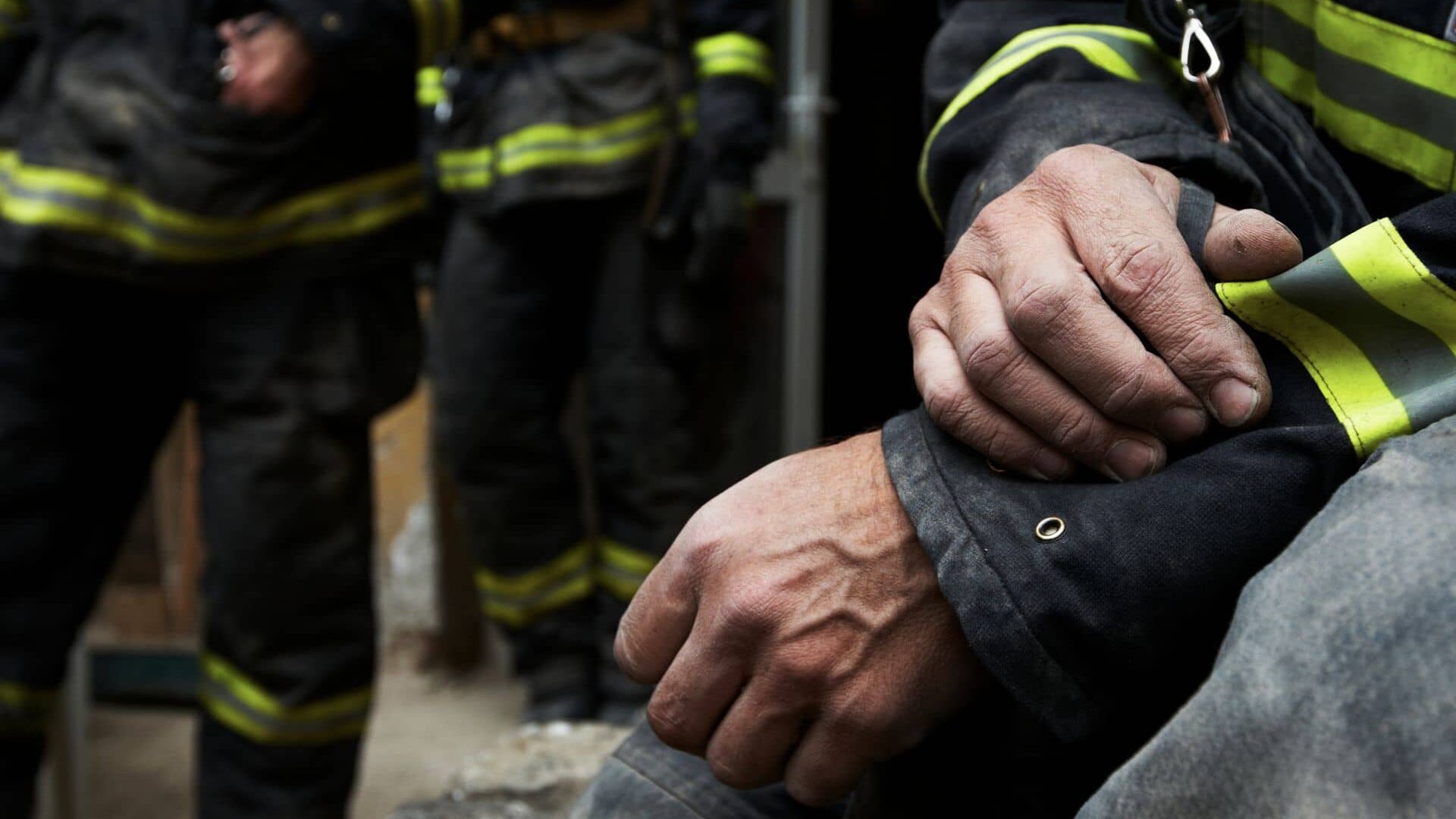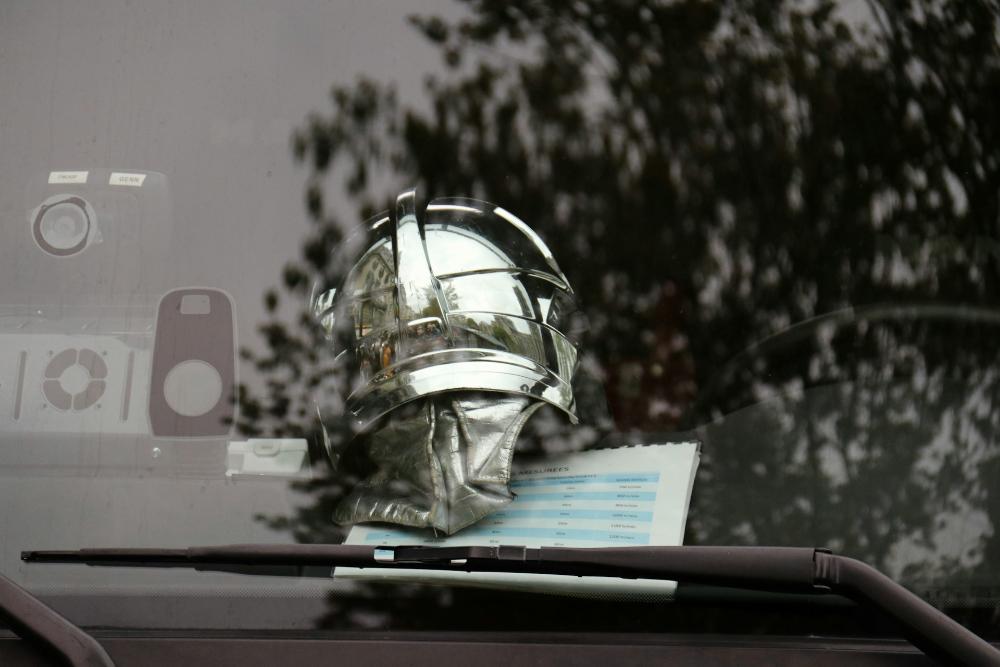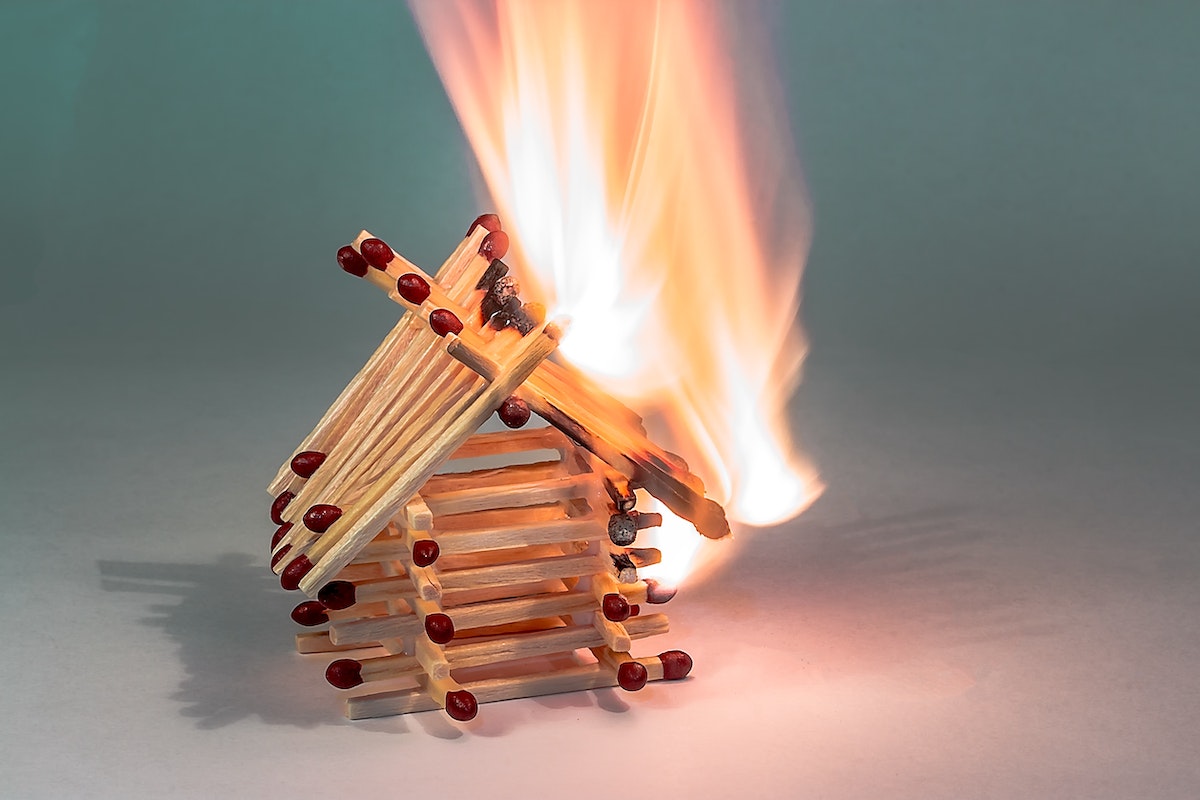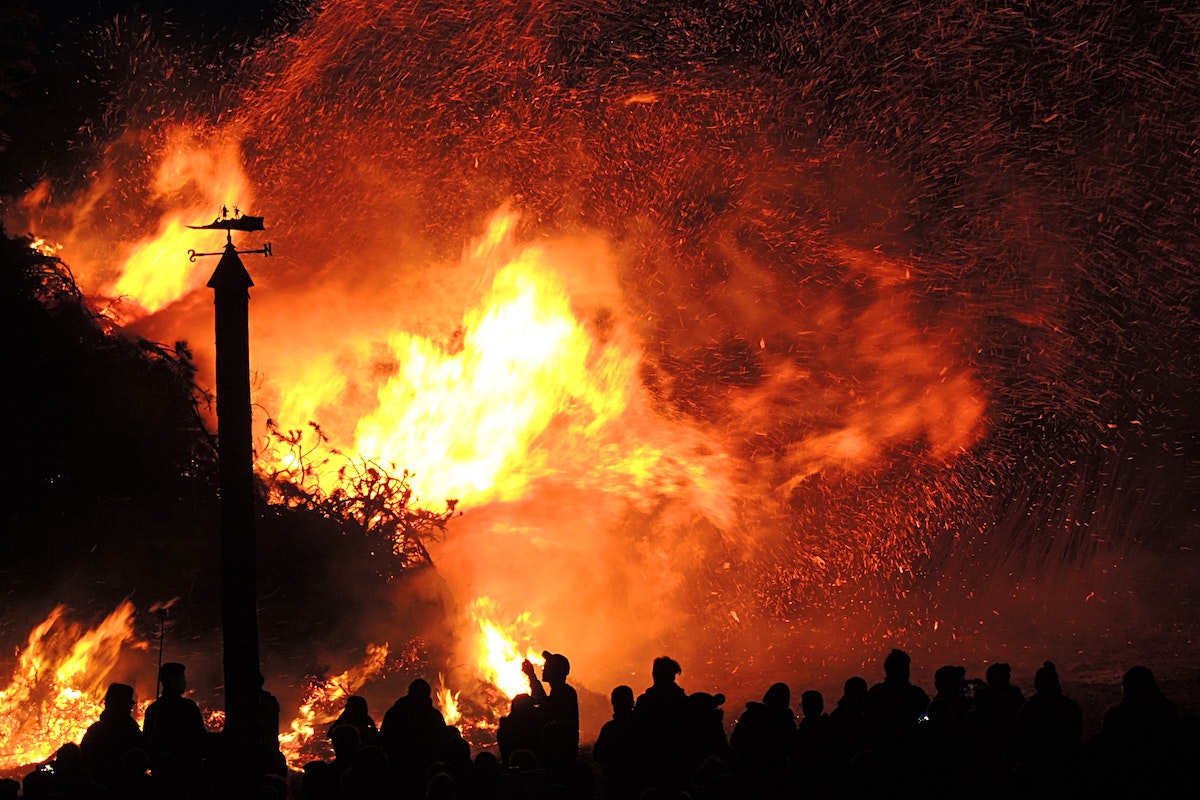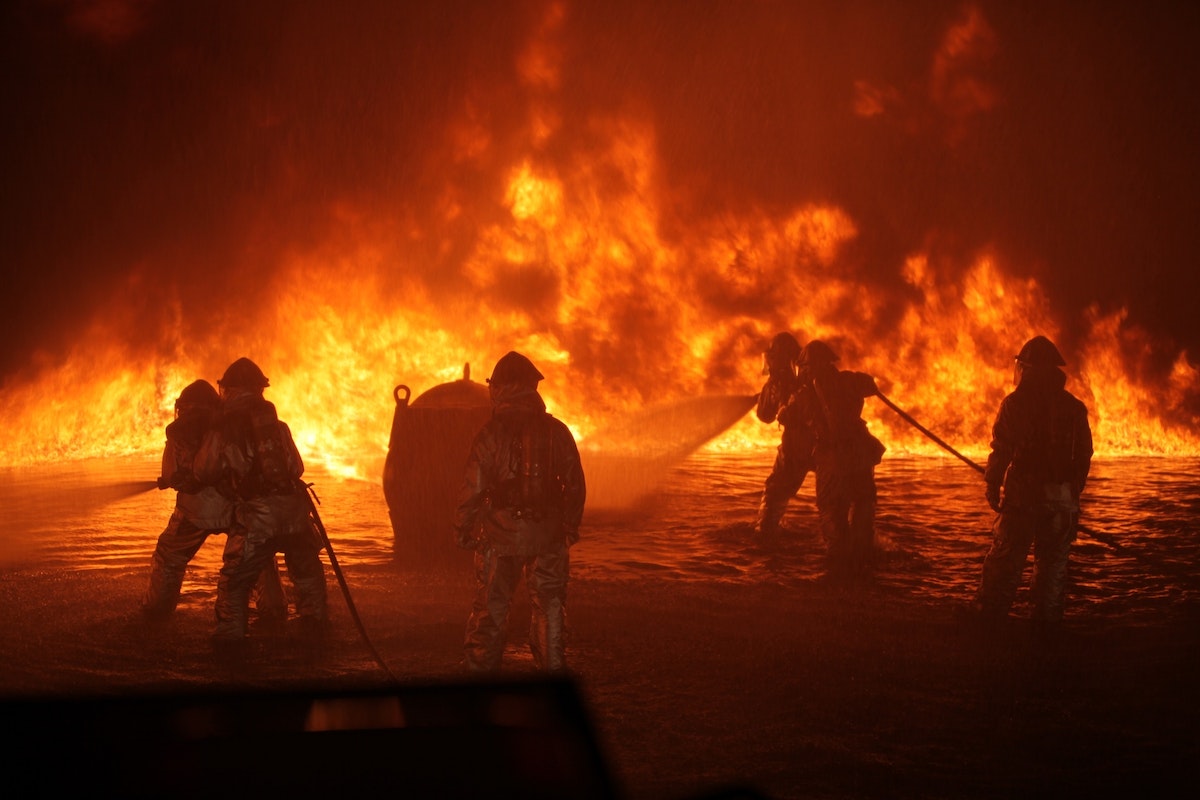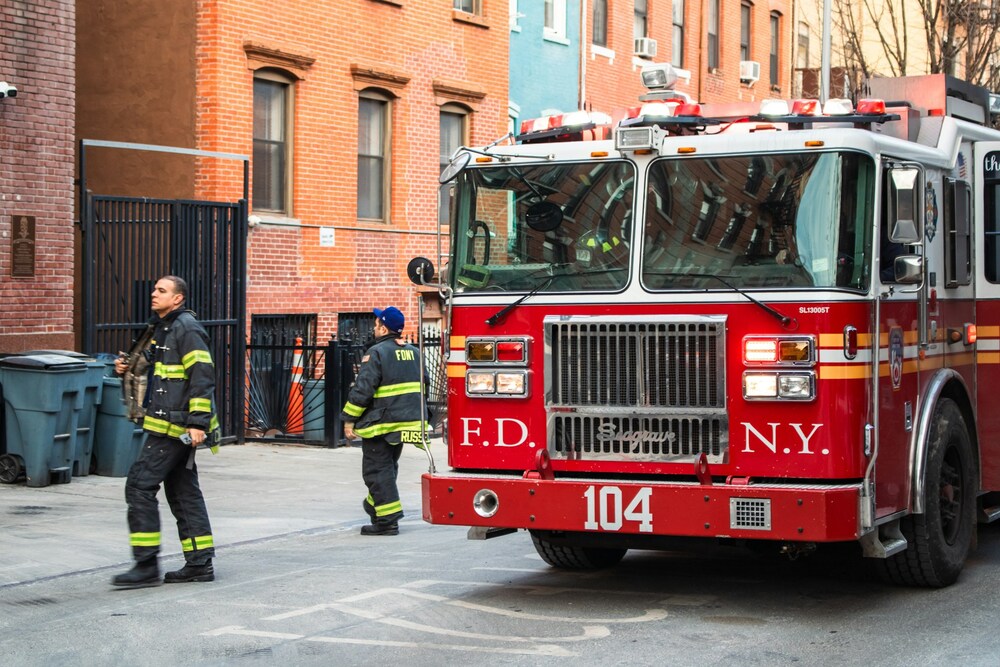Fire Watch During Gas Discharge Test
Contents
Data-Center Fire Watch During Gas Discharge Test
One pull of the dump lever and a data center fills with FM-200 or Novec in under ten seconds. The gas smothers flames but also forces oxygen levels low enough to stop a human heart. During the annual discharge test, the room must be clear of people, yet code still demands fire watch in case the gas fails or an ember survives. The result is a unique safety dance, guard outside, hazard inside, both eyes open.
Why the Test Triggers Watch
While the cylinders are disconnected and the piping is being tested, the suppression system is considered impaired. NFPA 2001 and most local amendments require continuous fire watch at the room perimeter until the system is reconnected and repressurized. Even though the room is empty, the building is still occupied elsewhere and a fire could spread beyond the data hall.
Guard Positioning
Stand in the corridor outside the data hall. Maintain visual access through the viewing window or open door. Never step inside once the discharge countdown begins. A sign reading “NO ENTRY DURING TEST” must be posted at every access point.
- One guard per 5,000 sq ft of data hall
- Radio linked to the test coordinator
- Thermal camera aimed through the glass wall
- Portable CO2 extinguisher at the doorway
Thermal Watch Is Critical
Gas discharge cools the room rapidly. If a hidden hot spot survives, it may reignite when oxygen returns during venting. Use a thermal imager to scan the racks every five minutes. Any pixel above 120°F gets logged and reported to the test lead.
We caught a glowing power distribution unit at 118°F during a client test. The guard radioed “stop vent” and the team re-entered with a handheld extinguisher. The unit was swapped before oxygen levels rose, preventing a secondary flash.
Vent Phase Protocol
After the test, fans run for thirty minutes to purge gas and restore oxygen above 19.5 percent. The guard continues patrol until the environmental monitor shows green. If the monitor alarms, the guard hits the E-stop on the fans and evacuates the corridor.
Documentation You Need
Log every thermal scan, every oxygen reading, every all clear signal. Attach thermal photos with time stamps. One client submitted our log to their insurer and received a five percent premium discount for “enhanced testing protocol.”
Running your next discharge test? Contact us and we will station a gas-safe trained guard outside the data hall with thermal gear and real time upload, so you can pull the lever with confidence.
